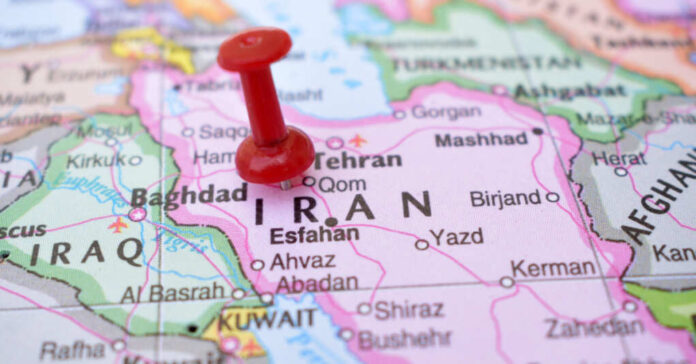
When Palestine invaded Israel on October 7th, it seemed like the infighting between the Israelis and the violent arm of the Palestinian government, Hamas, was now entering a whole new level of violence. As we have seen since then, any predictions short of the battle turning nuclear have been spot on. Fighters from Hamas were unable to do this on their own, though. Instead, the Iranian regime made sure the plan was a success by providing funding and weapons to the cause.
From there, they have supported the Houthis in their efforts to attack ships in the Red Sea. Of course, this drew in the Navies of the US, UK, and other nations to defend this incredibly popular shipping lane. While pirates were already a threat, the massive influx of weapons and intel from Iran was a huge bump in destabilizing the region.
On January 17th, the plan launched phase three: Pakistan. Reportedly targeting two bases of militant group Jaish al Adl located in the Balochistan region of Pakistan. Launched the day after their attacks in the Kurdistan region of Iraq and Syria, supposedly targeting secret Israeli intelligence headquarters. During the attack on Pakistan, the Iranians killed multiple civilians, including two young children.
Islamabad officials were quick to issue a statement in response to the attack. “Pakistan strongly condemns the unprovoked violation of its airspace by Iran and the strike inside Pakistani territory, which resulted in the death of two innocent children while injuring three girls. This violation of Pakistan’s sovereignty is completely unacceptable and can have serious consequences… The responsibility for the consequences will lie squarely with Iran.”
Their targeting of Jaish al Adl is an interesting choice. Outlawed in both Pakistan and Iran, the group is comprised of militant Sunni Muslims and was started in 2012. As a group, they want an area of the Balochistan region of Pakistan and Iran’s Sistan province to be separated from both nations. This is the only Sunni area of Iran, and they are already well established there despite Iran’s frequent raids on the group. In Pakistan, however, they have been allowed to flourish unabated.
According to the UK’s Guardian, “Seeking to pre-empt criticism that it had violated Pakistan’s sovereignty, Iran said the attacks on terrorists were no different from the kind of assassination operations mounted by the US across the Middle East and Asia. Iran’s president, Ebrahim Raisi, said, ‘There is no more important issue for Iran than its security.’”
Since the strike, multiple “experts” on the region have come forward to claim Pakistan lacks the political and economic stability to fire back at this point. Yet if Pakistan wants to show its citizens that they are in control and can dominate, a swift and vicious attack being carried out against Iran would fit the bill. As a nation, they have largely avoided the traditional Middle East conflicts that have pulled in other nations, but with how lawless the region can be, it also attracts and grows terrorists at an alarming rate.
While Iran has yet to name its next plans, you can be assured that Pakistan is not the last nation left on the list. Given the unprovoked nature of such an attack and in conjunction with their other strikes, it would seem all but certain that instability in the region is their main goal with these attacks. The funding of the Houthis and Hamas just underscores how dedicated the funding of terrorism Iran is.
For years now, the Iranians have protested anything non-Islamic. In their eyes, the West and the Jews of Israel are the biggest threats to Islam and their country. Despite continuously proclaiming they are a religion of peace, they continue to shove their way of being down the throats of foreign nations. Perpetuating violence, the Iranian regimes don’t live a very “tolerant” life, and now they are causing instability in the region over nothing.
Rumblings among Middle East experts indicate that Jordan, Saudi Arabia, or Kuwait could all be next for Iran’s Phase 4. All nations have strong Western ties, particularly with the US. Each nation has its reserve of American troops and assets that can be devastating in an attack on Iran in return.












